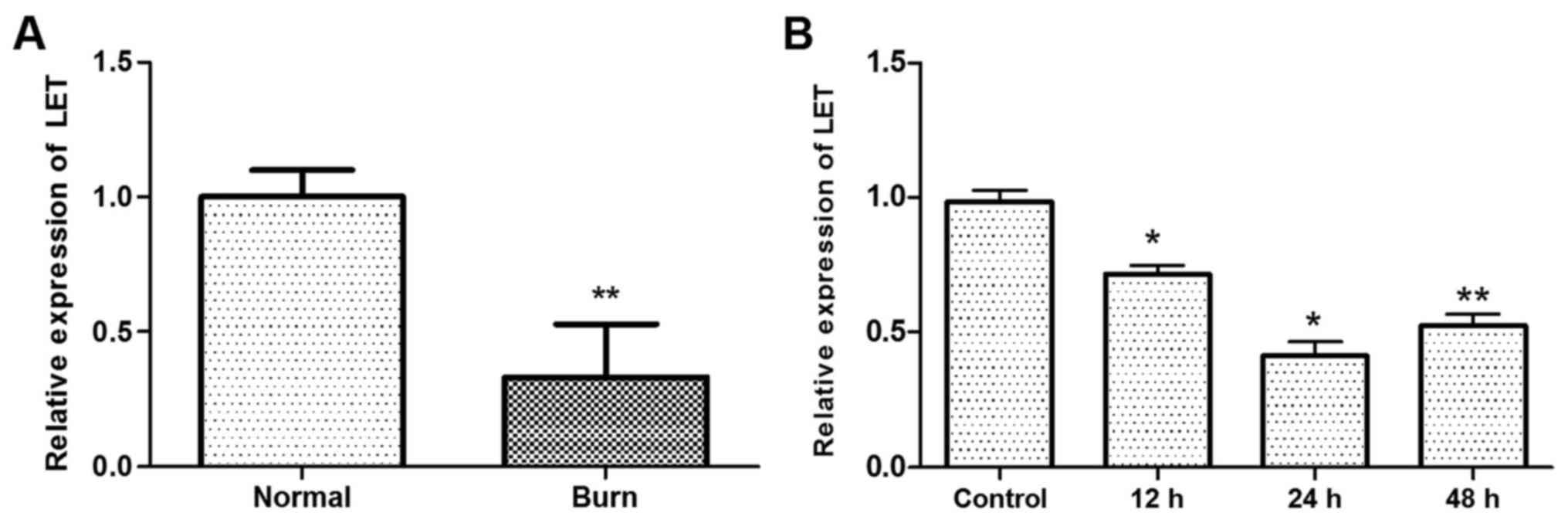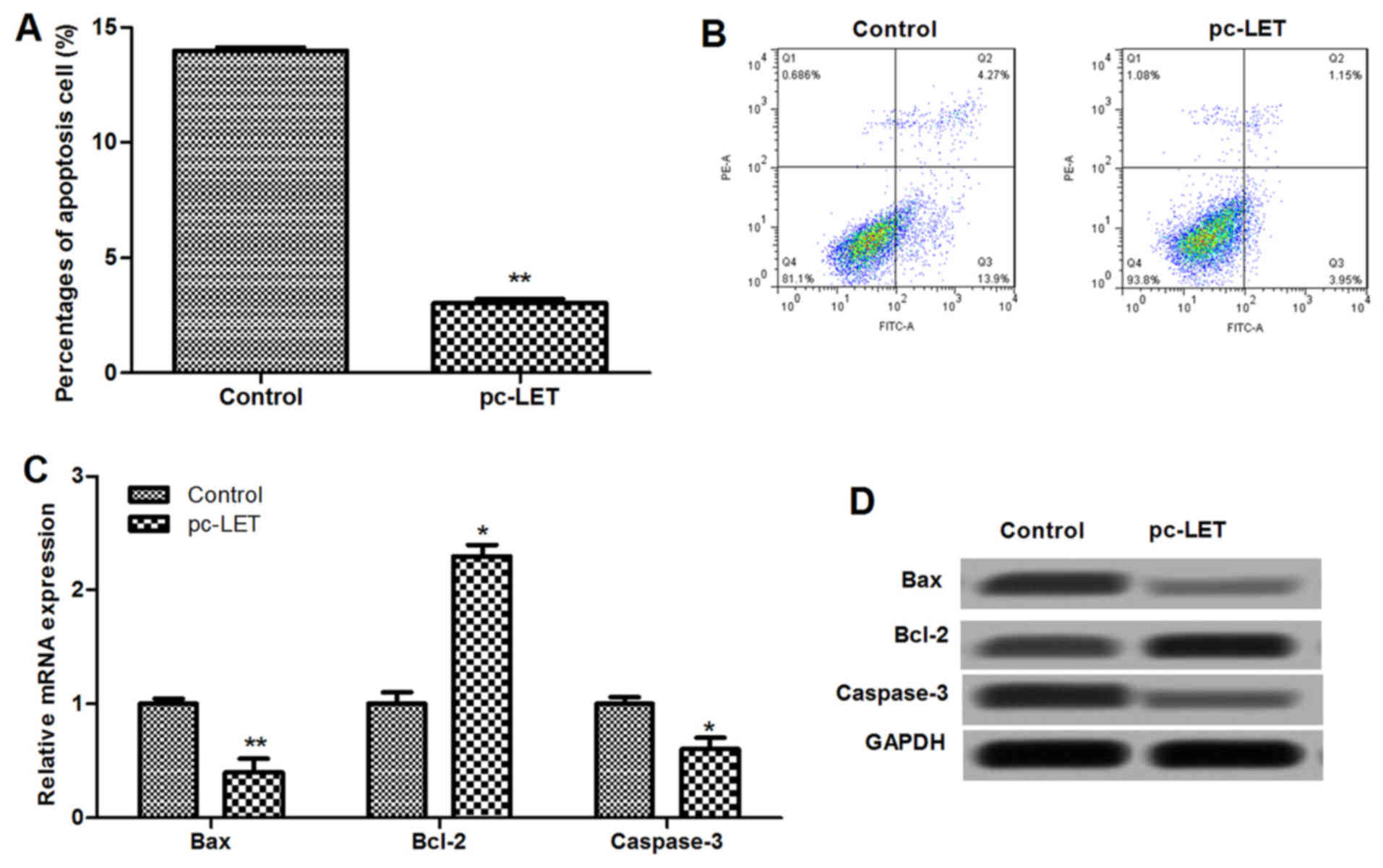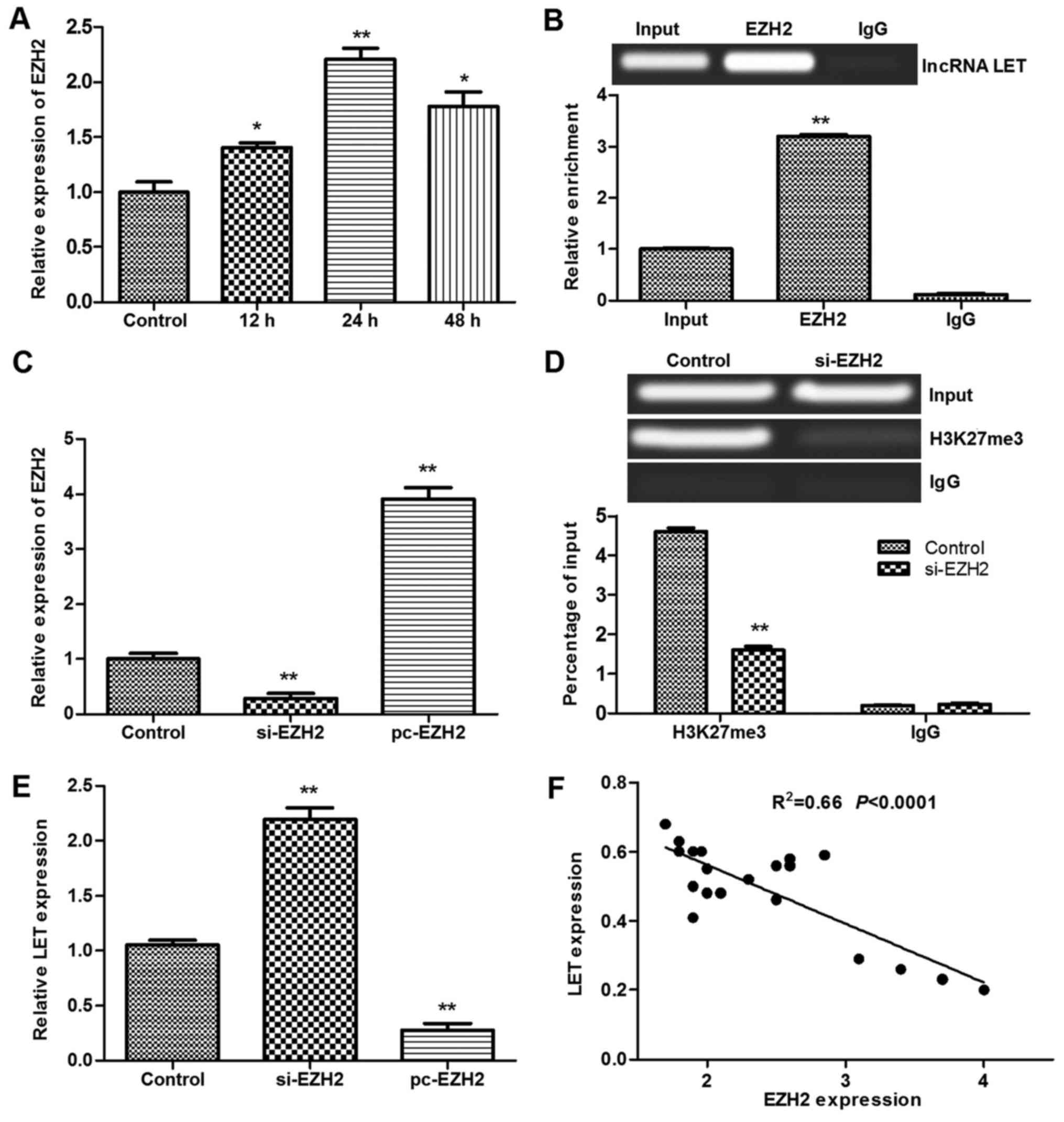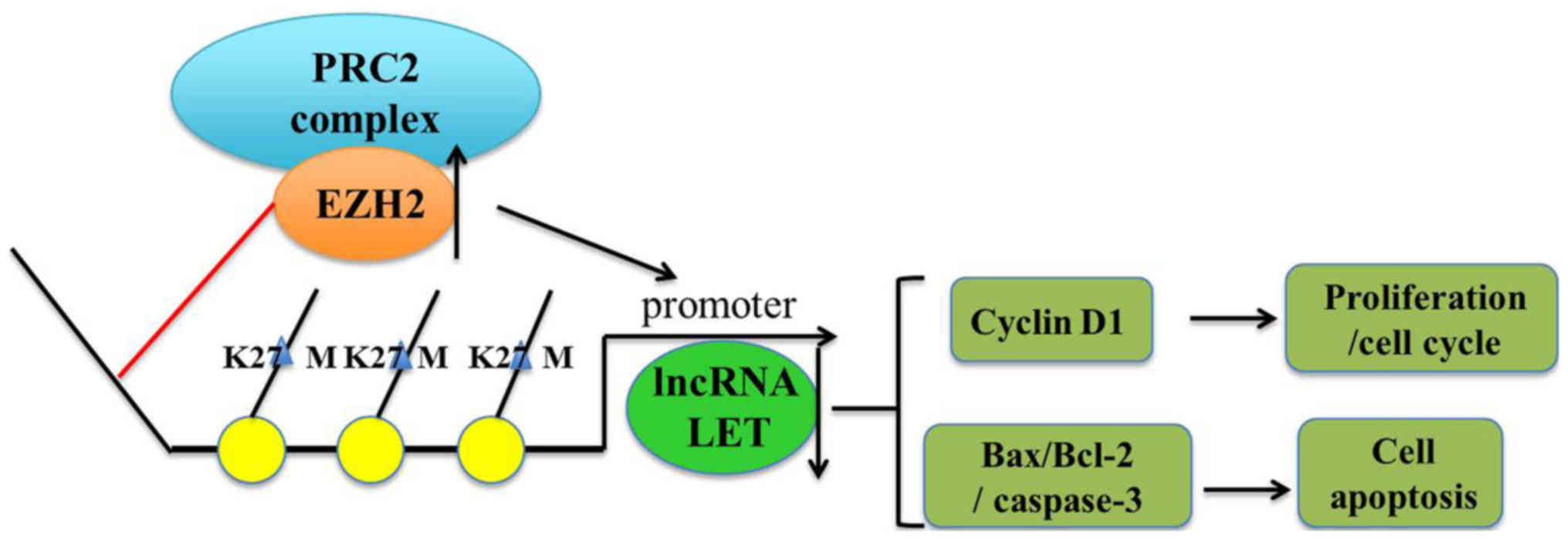|
1
|
Patil NK, Bohannon JK, Luan L, Guo Y,
Fensterheim B, Hernandez A, Wang J and Sherwood ER: FLT3 ligand
treatment attenuates T cell dysfunction and improves survival in a
murine model of burn wound sepsis. Shock. 47:40–51. 2017.
View Article : Google Scholar
|
|
2
|
Xiu F and Jeschke MG: Perturbed
mononuclear phagocyte system in severely burned and septic
patients. Shock. 40:81–88. 2013. View Article : Google Scholar : PubMed/NCBI
|
|
3
|
Chigurupati S, Mughal MR, Okun E, Das S,
Kumar A, McCaffery M, Seal S and Mattson MP: Effects of cerium
oxide nanoparticles on the growth of keratinocytes, fibroblasts and
vascular endothelial cells in cutaneous wound healing.
Biomaterials. 34:2194–2201. 2013. View Article : Google Scholar :
|
|
4
|
Nauta A, Seidel C, Deveza L, Montoro D,
Grova M, Ko SH, Hyun J, Gurtner GC, Longaker MT and Yang F:
Adipose-derived stromal cells overexpressing vascular endothelial
growth factor accelerate mouse excisional wound healing. Mol Ther.
21:445–455. 2013. View Article : Google Scholar :
|
|
5
|
Sun Q, Liu H, Li L, Zhang S, Liu K, Liu Y
and Yang C: Long noncoding RNA-LET, which is repressed by EZH2,
inhibits cell proliferation and induces apoptosis of nasopharyngeal
carcinoma cell. Med Oncol. 32:2262015. View Article : Google Scholar : PubMed/NCBI
|
|
6
|
Wang Z, Jinnin M, Nakamura K, Harada M,
Kudo H, Nakayama W, Inoue K, Nakashima T, Honda N, Fukushima S, et
al: Long non-coding RNA TSIX is upregulated in scleroderma dermal
fibroblasts and controls collagen mRNA stabilization. Exp Dermatol.
25:131–136. 2016. View Article : Google Scholar
|
|
7
|
Zhu HY, Bai WD, Li C, Zheng Z, Guan H, Liu
JQ, Yang XK, Han SC, Gao JX, Wang HT, et al: Knockdown of
lncRNA-ATB suppresses autocrine secretion of TGF-β2 by targeting
ZNF217 via miR-200c in keloid fibroblasts. Sci Rep. 6:247282016.
View Article : Google Scholar
|
|
8
|
Liang X, Ma L and Longxand Wang X: lncRNA
expression profiles and validation in keloid and normal skin
tissue. Int J Oncol. 47:1829–1838. 2015. View Article : Google Scholar : PubMed/NCBI
|
|
9
|
Schult D, Hölsken A, Siegel S, Buchfelder
M, Fahlbusch R, Kreitschmann-Andermahr I and Buslei R: EZH2 is
highly expressed in pituitary adenomas and associated with
proliferation. Sci Rep. 5:169652015. View Article : Google Scholar : PubMed/NCBI
|
|
10
|
Liu F, Gu L, Cao Y, Fan X, Zhang F and
Sang M: Aberrant overexpression of EZH2 and H3K27me3 serves as poor
prognostic biomarker for esophageal squamous cell carcinoma
patients. Biomarkers. 50:1–11. 2015.
|
|
11
|
Bae WK, Yoo KH, Lee JS, Kim Y, Chung IJ,
Park MH, Yoon JH, Furth PA and Hennighausen L: The
methyltransferase EZH2 is not required for mammary cancer
development, although high EZH2 and low H3K27me3 correlate with
poor prognosis of ER-positive breast cancers. Mol Carcinog.
54:1172–1180. 2015. View
Article : Google Scholar :
|
|
12
|
Li CP, Cai MY, Jiang LJ, Mai SJ, Chen JW,
Wang FW, Liao YJ, Chen WH, Jin XH, Pei XQ, et al: CLDN14 is
epigenetically silenced by EZH2-mediated H3K27ME3 and is a novel
prognostic biomarker in hepatocellular carcinoma. Carcinogenesis.
37:557–566. 2016. View Article : Google Scholar : PubMed/NCBI
|
|
13
|
Appelmann I, Scuoppo C, Thapar V, Ledezma
D, Lujambio A, Lowe SW and Chicas A: Suppression of EZH2
accelerates MYC-driven lymphomagenesis by inhibition of apoptosis.
Blood. 124:30092014.
|
|
14
|
Xie L, Zhang Z, Tan Z, He R, Zeng X, Xie
Y, Li S, Tang G, Tang H and He X: MicroRNA-124 inhibits
proliferation and induces apoptosis by directly repressing EZH2 in
gastric cancer. Mol Cell Biochem. 392:153–159. 2014. View Article : Google Scholar : PubMed/NCBI
|
|
15
|
Zhu L and Xu PC: Downregulated lncRNA-ANCR
promotes osteoblast differentiation by targeting EZH2 and
regulating Runx2 expression. Biochem Biophys Res Commun.
432:612–617. 2013. View Article : Google Scholar : PubMed/NCBI
|
|
16
|
Luo M, Li Z, Wang W, Zeng Y, Liu Z and Qiu
J: Long non-coding RNA H19 increases bladder cancer metastasis by
associating with EZH2 and inhibiting E-cadherin expression. Cancer
Lett. 333:213–221. 2013. View Article : Google Scholar : PubMed/NCBI
|
|
17
|
Trenkmann M, Brock M, Bertoncelj MF, Gay
RE, Michel BA, Huber LC and Gay S: THU0115 epigenetic repression of
the long noncoding Rna hotair regulates NF-κB signalling and the
expression of matrix metalloproteases in synovial fibroblasts. Ann
Rheum Dis. 72(Suppl 3)2013. View Article : Google Scholar
|
|
18
|
Sarmento O1, Xiong Y, Sun Z, Svingen P,
Bamidele A, Smyrk T, Nair A, Baheti S, McGovern D, Friton J, et al:
O-015 YI Alterations in the FOXP3 EZH2 pathway associates with
increased susceptibility to colitis in both mice and human. Inflamm
Bowel Dis. 22(Suppl 1): S5–S6. 2016. View Article : Google Scholar
|
|
19
|
Varambally S, Cao Q, Mani RS, Shankar S,
Wang X, Ateeq B, Laxman B, Cao X, Jing X, Ramnarayanan K, et al:
Genomic loss of microRNA-101 leads to overexpression of histone
methyltransferase EZH2 in cancer. Science. 322:1695–1699. 2008.
View Article : Google Scholar : PubMed/NCBI
|
|
20
|
Coe BP, Thu KL, Aviel-Ronen S, Vucic EA,
Gazdar AF, Lam S, Tsao MS and Lam WL: Genomic deregulation of the
E2F/Rb pathway leads to activation of the oncogene EZH2 in small
cell lung cancer. PLoS One. 8:e716702013. View Article : Google Scholar : PubMed/NCBI
|
|
21
|
Zhou B, Jing XY, Wu JQ, Xi HF and Lu GJ:
Down-regulation of long non-coding RNA LET is associated with poor
prognosis in gastric cancer. Int J Clin Exp Pathol. 7:8893–8898.
2014.
|
|
22
|
Kalantar Motamedi MH, Heydari M, Heydari M
and Ebrahimi A: Prevalence and pattern of facial burns: A 5-year
assessment of 808 patients. J Oral Maxillofac Surg. 73:676–682.
2015. View Article : Google Scholar : PubMed/NCBI
|
|
23
|
Cassidy JT, Phillips M, Fatovich D, Duke
J, Edgar D and Wood F: Developing a burn injury severity score
(BISS): Adding age and total body surface area burned to the injury
severity score (ISS) improves mortality concordance. Burns.
40:805–813. 2014. View Article : Google Scholar
|
|
24
|
Jiang T, Wang X, Wu W, Zhang F and Wu S:
Let-7c miRNA Inhibits the proliferation and migration of
heat-denatured dermal fibroblasts through down-regulating HSP70.
Mol Cells. 39:345–351. 2016. View Article : Google Scholar : PubMed/NCBI
|
|
25
|
Boncler M, Różalski M, Krajewska U,
Podsędek A and Watala C: Comparison of PrestoBlue and MTT assays of
cellular viability in the assessment of anti-proliferative effects
of plant extracts on human endothelial cells. J Pharmacol Toxicol
Methods. 69:9–16. 2014. View Article : Google Scholar
|
|
26
|
Jiao P, Zhou YS, Yang JX, Zhao YL, Liu QQ,
Yuan C and Wang FZ: MK-2206 induces cell cycle arrest and apoptosis
in HepG2 cells and sensitizes TRAIL-mediated cell death. Mol Cell
Biochem. 382:217–224. 2013. View Article : Google Scholar : PubMed/NCBI
|
|
27
|
Livak KJ and Schmittgen TD: Analysis of
relative gene expression data using real- time quantitative PCR and
the 2(−Delta Delta C(T)) Method. Methods. 25:402–408. 2001.
View Article : Google Scholar
|
|
28
|
Yang KY and Chen DL: Shikonin inhibits
inflammatory response in rheumatoid arthritis synovial fibroblasts
via lncRNA-NR024118. Evid Based Complement Alternat Med.
2015:6317372015. View Article : Google Scholar : PubMed/NCBI
|
|
29
|
Chinaranagari S, Sharma P and Chaudhary J:
EZH2 dependent H3K27me3 is involved in epigenetic silencing of ID4
in prostate cancer. Oncotarget. 5:7172–7182. 2014. View Article : Google Scholar : PubMed/NCBI
|
|
30
|
Au SL, Wong CC, Lee JM, Wong CM and Ng IO:
EZH2-Mediated H3K27me3 is involved in epigenetic repression of
deleted in liver cancer 1 in human cancers. PLoS One. 8:e68226.
2013. View Article : Google Scholar : PubMed/NCBI
|
|
31
|
Chan Qi W, Teng H, Li L, Chuai L, Zhang S,
Zeng R, Li J, Fan M, Lin HY, et al: Selective inhibition of Ezh2 by
a small molecule inhibitor blocks tumor cells proliferation. Proc
Natl Acad Sci USA. 109:21360–21365. 2012. View Article : Google Scholar : PubMed/NCBI
|
|
32
|
DuPage M, Chopra G, Quiros J, Rosenthal
WL, Morar MM, Holohan D, Zhang R, Turka L, Marson A and Bluestone
JA: The chromatin-modifying enzyme Ezh2 is critical for the
maintenance of regulatory T cell identity after activation.
Immunity. 42:227–238. 2015. View Article : Google Scholar : PubMed/NCBI
|
|
33
|
Hui T, A P, Zhao Y, Wang C, Gao B, Zhang
P, Wang J, Zhou X and Ye L: EZH2, a potential regulator of dental
pulp inflammation and regeneration. J Endod. 40:1132–1138. 2014.
View Article : Google Scholar : PubMed/NCBI
|
|
34
|
Dreger H, Ludwig A, Weller A, Baumann G,
Stangl V and Stangl K: Epigenetic suppression of iNOS expression in
human endothelial cells: A potential role of Ezh2-mediated
H3K27me3. Genomics. 107:145–149. 2016. View Article : Google Scholar : PubMed/NCBI
|
|
35
|
Liu G, Wang T, Wang T, Song J and Zhou Z:
Effects of apoptosis-related proteins caspase-3, Bax and Bcl-2 on
cerebral ischemia rats. Biomed Rep. 1:861–867. 2013. View Article : Google Scholar
|
|
36
|
Liang K, Ye Y, Wang Y, Zhang J and Li C:
Formononetin mediates neuroprotection against cerebral
ischemia/reperfusion in rats via downregulation of the Bax/Bcl-2
ratio and upregulation PI3K/Akt signaling pathway. J Neurol Sci.
344:100–104. 2014. View Article : Google Scholar : PubMed/NCBI
|
|
37
|
Wang Q, Liu S, Tang Y, Liu Q and Yao Y:
MPT64 protein from Mycobacterium tuberculosis inhibits apoptosis of
macrophages through NF-kB-miRNA21-Bcl-2 pathway. PLoS One.
9:e100949. 2014. View Article : Google Scholar : PubMed/NCBI
|
|
38
|
Xu M, Chen X, Han Y, Ma C, Ma L and Li S:
Clusterin silencing sensitizes pancreatic cancer MIA-PaCa-2 cells
to gmcitabine via regulation of NF-kB/Bcl-2 signaling. Int J Clin
Exp Med. 8:12476–12486. 2015.PubMed/NCBI
|
|
39
|
Yap JL, Cao X, Vanommeslaeghe K, Jung K-Y,
Peddaboina C, Wilder PT, Nan A, MacKerell AD Jr, Smythe WR and
Fletcher S: Relaxation of the rigid backbone of an
oligoamide-foldamer-based α-helix mimetic: Identification of potent
Bcl-xL inhibitors. Org Biomol Chem. 10:2928–2933. 2012. View Article : Google Scholar : PubMed/NCBI
|
|
40
|
Yue J, Ben Messaoud N and López JM:
Hyperosmotic shock engages two positive feedback loops through
caspase-3-dependent proteolysis of JNK1-2 and Bid. J Biol Chem.
290:30375–30389. 2015. View Article : Google Scholar : PubMed/NCBI
|
|
41
|
Abraham RT, Vanarsdale T, Shields DV, Lee
V, Koehler M and Arndt K: Abstract SY34-03: Braking the cycle:
Inhibition of the cyclin D-Cdk4/6 pathway in breast cancer. Cancer
Res. 74(19 Supplement): 772–779. 2014. View Article : Google Scholar
|
|
42
|
Rader J, Russell MR, Hart LS, Nakazawa MS,
Belcastro LT, Martinez D, Li Y, Carpenter EL, Attiyeh EF, Diskin
SJ, et al: Dual CDK4/CDK6 inhibition induces cell-cycle arrest and
senescence in neuroblastoma. Clin Cancer Res. 19:6173–6182. 2013.
View Article : Google Scholar : PubMed/NCBI
|
|
43
|
Pils D, Bachmayr-Heyda A, Auer K, Svoboda
M, Auner V, Hager G, Obermayr E, Reiner A, Reinthaller A, Speiser
P, et al: Cyclin E1 (CCNE1) as independent positive prognostic
factor in advanced stage serous ovarian cancer patients - a study
of the OVCAD consortium. Eur J Cancer. 50:99–110. 2014. View Article : Google Scholar
|

















